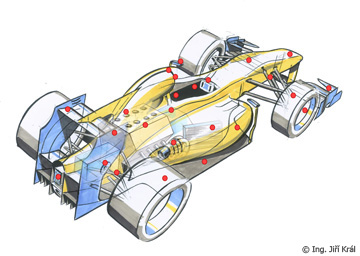Rear light
Miroslav Sanytrák/Boris Dacko/foto J.Křenek | 24.2.07 | Světla F1
F1 construct
Although it is one of the smallest parts of the car, its function is absolutely necessary. It is usually mounted onto the rear wing, respectively on its lowest part. This position is mainly due to the regulations, though not directly. The regulations set many size parameters, which lead to this configuration. It must form an angle of 90Âş both with the longitudinal and horizontal axis of the car, maximum of 100 mm from the longitudinal axis and 325 to 400 mm from the reference plane. It also must not be further than 450 mm from the axis of the rear axle.
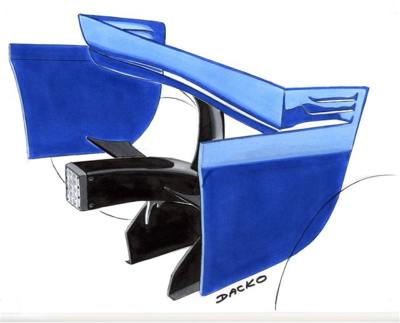 |
The rear light is not merely a brake light. It also lights in rain (it lights more intensively when braking) and it can be activated in case of a crash. Should the driver fail to do so, it may be done by the team from the pits via telemetry. The light must be of red colour, however you may see it is green in qualification. This colour is characteristic in qualification when the car is not occupied by a pilot. The anti-vibration mounted light consists of diodes (as much as 80), weighs about 260 g, and is 90x135 mm big. The light is subject not only to possible impacts but also to an extreme variety of heat stress. Because of that a car typically needs about 25 lights per season.
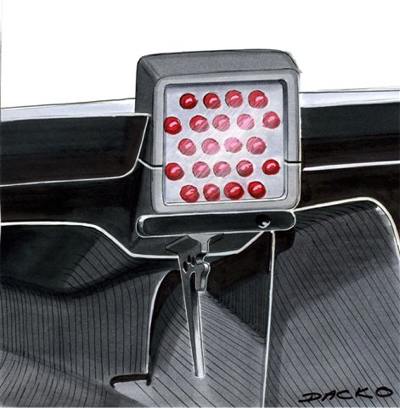 |
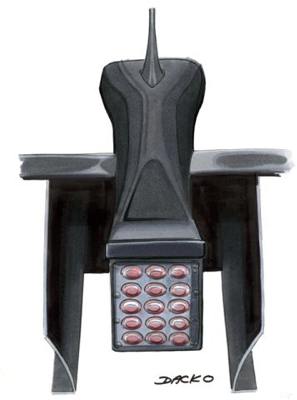 |
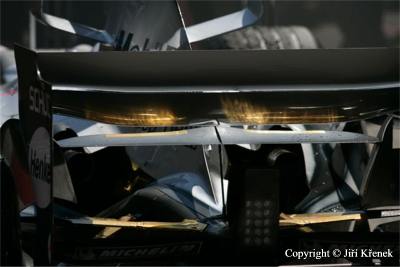 |
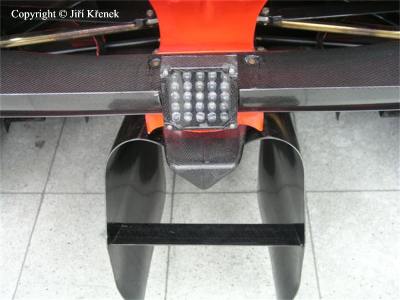 |
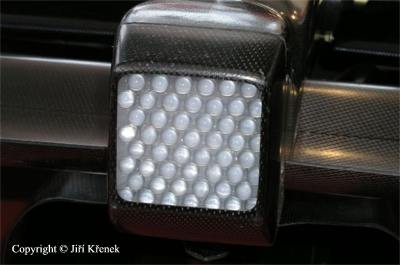 |
 |
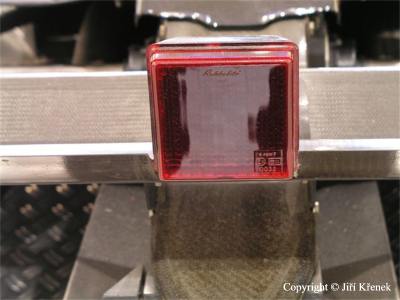 |
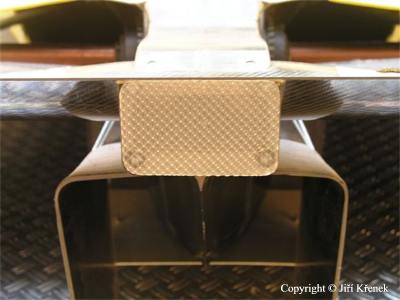 |
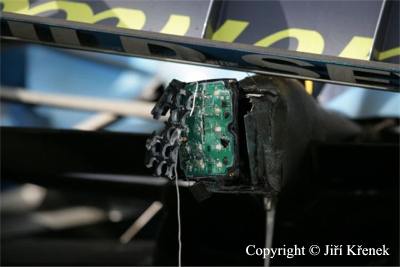 |
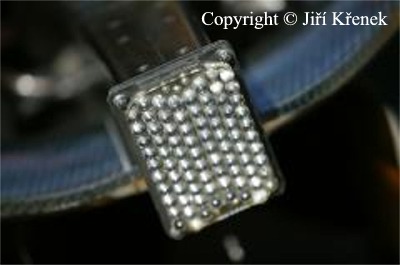 |
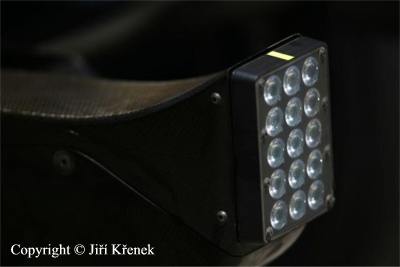 |
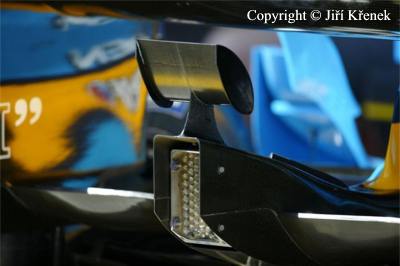 |




